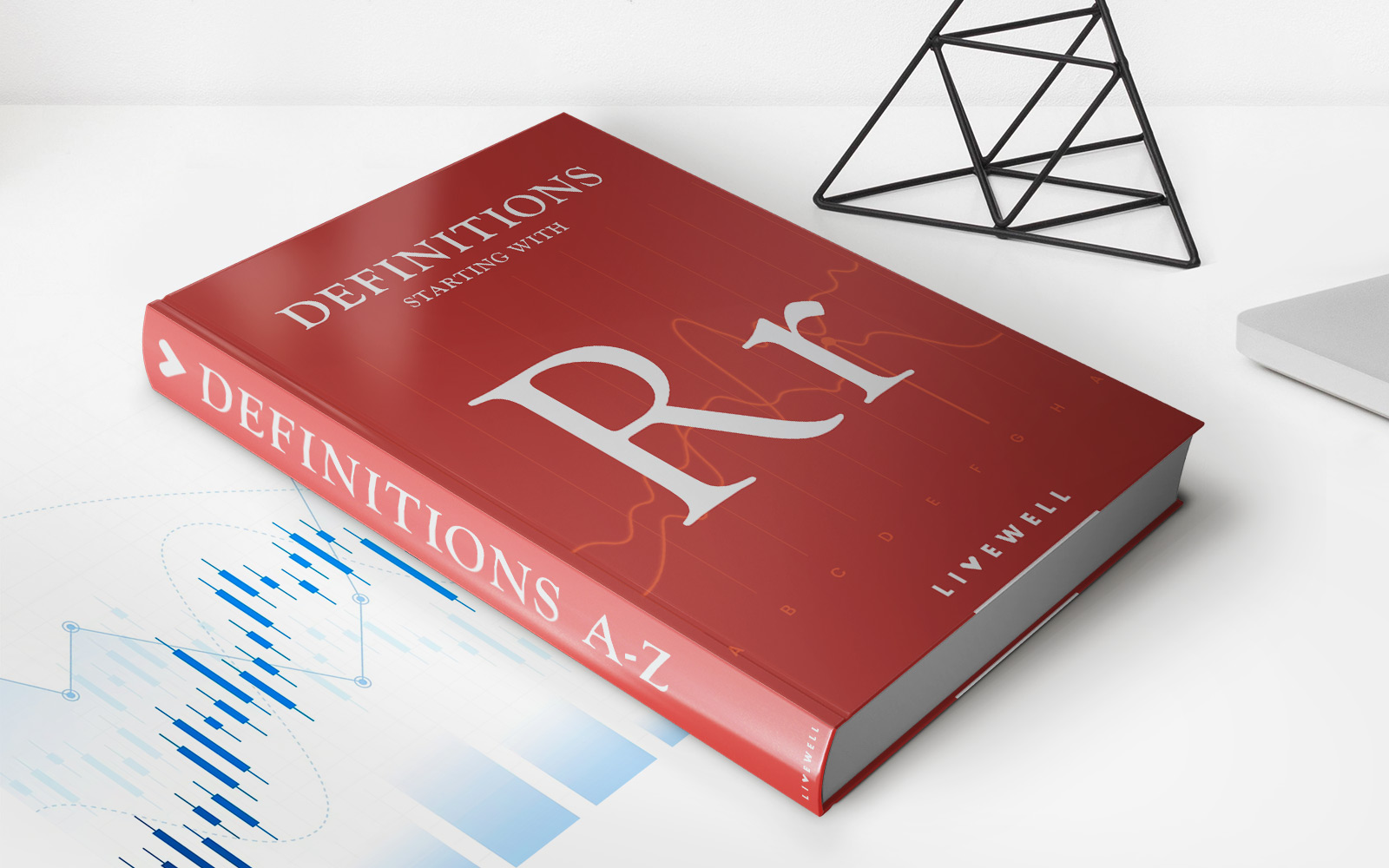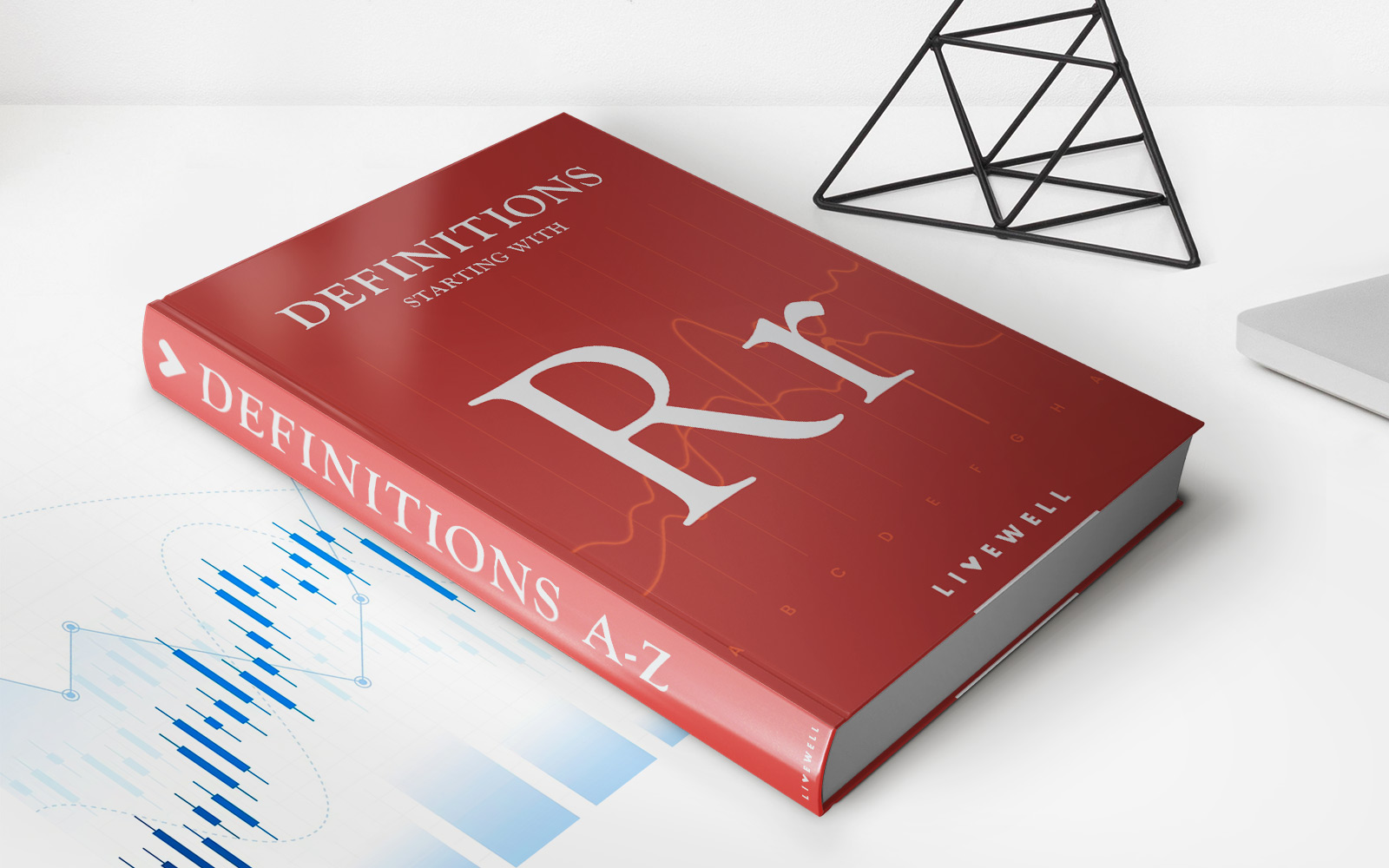Home>Finance>Return On Average Capital Employed (ROACE) Definition & Formula


Finance
Return On Average Capital Employed (ROACE) Definition & Formula
Published: January 20, 2024
Learn the definition and formula for Return on Average Capital Employed (ROACE) in finance. Understand how ROACE can measure a company's efficiency and profitability.
(Many of the links in this article redirect to a specific reviewed product. Your purchase of these products through affiliate links helps to generate commission for LiveWell, at no extra cost. Learn more)
Unlocking Financial Success: Understanding Return on Average Capital Employed (ROACE)
When it comes to managing and growing your finances, there are numerous financial metrics and ratios that can help you gauge the performance and profitability of your investments. One such crucial metric is Return on Average Capital Employed (ROACE), which measures the efficiency and effectiveness in generating profits from the capital invested in a business. In this article, we will delve into the definition, formula, and significance of ROACE, giving you the insights you need to make informed financial decisions.
Key Takeaways:
- ROACE is a financial metric that evaluates how efficiently a company is utilizing its capital to generate profits.
- The formula to calculate ROACE is: Net Operating Profit after Tax (NOPAT) / Average Capital Employed (CE).
Understanding Return on Average Capital Employed (ROACE)
Return on Average Capital Employed (ROACE) is a powerful financial indicator that measures the ability of a company to generate profits from the capital invested in its operations. It effectively quantifies the return on the funds employed by a company and provides investors, analysts, and lenders with valuable insights into a company’s financial health and performance.
ROACE is particularly useful in comparing the performance of different companies within the same industry, as it provides a standardized measure of profitability. By evaluating the efficiency and effectiveness of a company’s capital utilization, ROACE allows investors to assess the company’s ability to generate returns and generate value for their investments.
Calculating Return on Average Capital Employed (ROACE)
Now that we understand the importance of ROACE, let’s take a look at the formula used to calculate this financial metric:
ROACE = Net Operating Profit after Tax (NOPAT) / Average Capital Employed (CE)
To calculate ROACE:
- Determine the net operating profit after tax (NOPAT) of the company. NOPAT is the potential profit generated from the company’s operations, excluding any tax obligations.
- Calculate the average capital employed (CE). This involves summing the total capital employed at the beginning and end of the financial period and dividing it by two. Capital employed includes equity capital, debt, and any other long-term funds invested in the company.
- Divide the NOPAT by the average capital employed to obtain the ROACE.
Significance and Interpretation of ROACE
ROACE serves as a valuable performance indicator for businesses in various ways:
- Efficiency evaluation: ROACE helps gauge how well a company is utilizing its capital to generate profits. A higher ROACE indicates efficient capital utilization, while a lower ROACE suggests room for improvement.
- Comparative analysis: ROACE allows for easy comparison between companies within the same industry. It helps identify companies that are generating more profits from the same amount of capital, indicating superior operational efficiency.
- Decision-making: ROACE assists investors and lenders in making informed decisions. By considering a company’s ROACE, investors can assess its financial health and potential returns, while lenders can evaluate creditworthiness and risk.
It is important to note that the significance and interpretation of ROACE may vary across industries. Therefore, it is crucial to compare ROACE for companies within the same industry to gain meaningful insights.
Succeeding Financially with ROACE
Return on Average Capital Employed (ROACE) is a powerful financial metric that enables investors, analysts, and lenders to assess a company’s profitability and efficiency. By understanding the formula and significance of ROACE, you can unlock valuable insights that will guide your financial decision-making, helping you build a successful and lucrative financial future.














